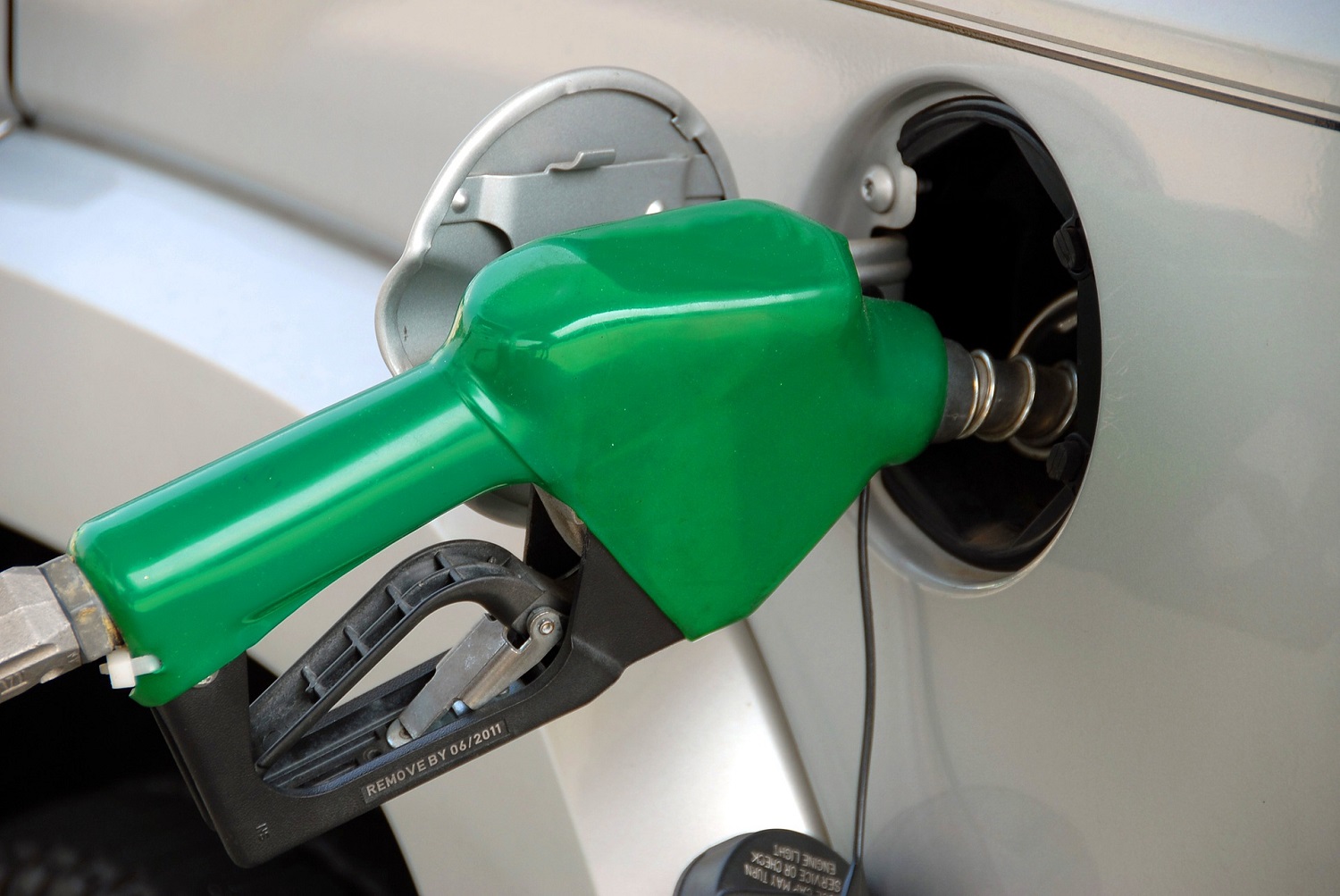Filling up with the wrong fuel
26 February 2021
Sometimes it’s not until your vehicle breaks down on a petrol station forecourt, or it comes to a halt as you leave the pump, that you realise you’ve filled your car with the wrong fuel. Either way, it can be frustrating and often a very costly experience. Motorists with multiple cars – or those who drive fleet pool cars regularly – are more likely to make this mistake.
So, what should you do if you put in the wrong fuel? And what can you do to avoid being in that situation in the first place? We’ve compiled some helpful tips to curb your frustrations and save you from unnecessary costs.
Do not turn on the ignition!
Many vehicles have an electric, low-pressure pump in the fuel tank that operates the moment you turn on the ignition. So if you’ve just realised that you have put the wrong fuel in your car, don’t turn on the ignition. If you do, it will soon be circulating its way through the fuel system, causing potential damage in a matter of seconds.
Leaving the ignition off gives you a better chance of minimising the damage and you may only need to get the tank drained and topped up with new fuel, to get you on your way again.
Petrol into a diesel system
It’s more common for motorists to put petrol into a diesel system than the other way around and, unfortunately, it also has potential to be the most damaging (aside from diesel exhaust fluid).
A vehicle’s diesel fuel pump operates on very fine tolerances and they’re lubricated by the viscose diesel fuel. Therefore, if you run petrol through a diesel system you’ll strip the lubricant, causing the pumps to run dry and ultimately damage them from the metal-to-metal contact.
If your vehicle has a common rail (CRDi or HDi) diesel engine, then it pays to be extra careful as repairs or replacements after filling up with the wrong fuel can be expensive. If the fuel pump is damaged, or contaminated fuel reaches the common rail system, you’ll need to pay for the fuel pumps, injectors, fuel rail, filters and tank to be cleaned out, and you might even need replacements.
The process and cost of repairs will depend on the type of vehicle and how long you’ve been running or attempting to run your vehicle on the incorrect fuel. In worst case scenarios, bills can be in the thousands of dollars — especially if a large chunk of the fuel system requires replacement and repairs to the engine are necessary. If your vehicle is under warranty, it also pays to consult the manufacturer or the warranty company.
Diesel into a petrol system
Diesel motorists will be aware they need to unlock the pump before using it. Picking up a petrol pump without having to unlock it first should automatically trigger warning bells. This may explain whyfuelling your petrol vehicle with diesel is less common, but it still happens among New Zealand motorists. Luckily though, it generally doesn’t cause too many problems.
After putting diesel in a petrol vehicle you’ll probably find that the engine may just simply fail to start, or if it does it’ll soon splutter out afterwards. In some cases your vehicle may continue to run but you’ll certainly notice that it’s not running as well as usual. Typically your car will display symptoms such as ‘pinking’ (a noise from the engine), exhaust smoke and a loss of power.
Different grades of petrol
If a certain grade of petrol is specified for your vehicle i.e. 95 Octane, and you accidently fill it with a 91 Octane, there is no need to panic and drain the tank - just fill up when you can with the recommended fuel.
Modern vehicle engine management systems are designed to constantly adapt to the conditions and the computer should adjust the engine operation to cope with the fuel. You may experience lower power output than usual until back to normal.
To help avoid fuelling up with the wrong fuel it always pays to double check what fuel is recommended for your vehicle, which is often shown on a sticker inside the fuel flap. If you do, there are companies located throughout New Zealand that can come to your rescue if you need (as long as you haven’t touched the ignition). For a fee, they can siphon out the contaminated fuel from your car’s tank allowing you to refill and hit the road again in no time.

